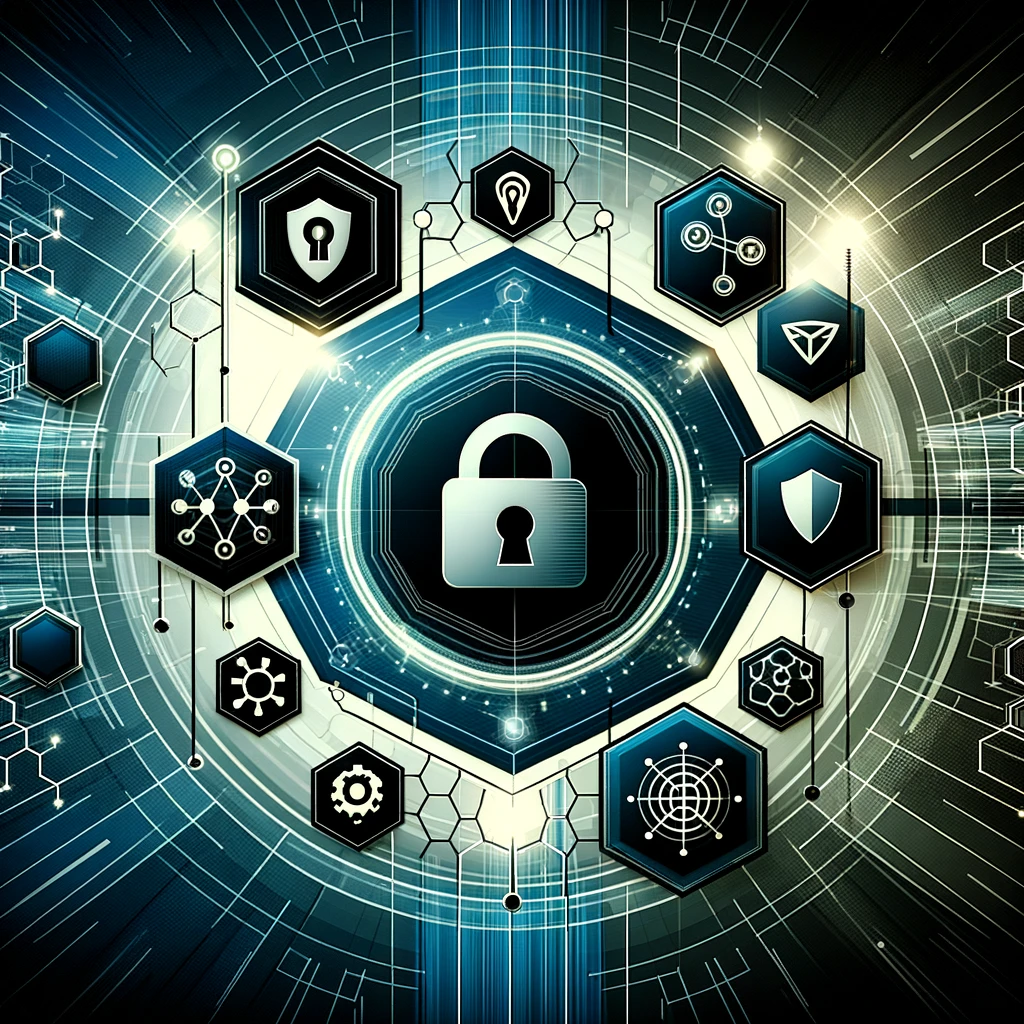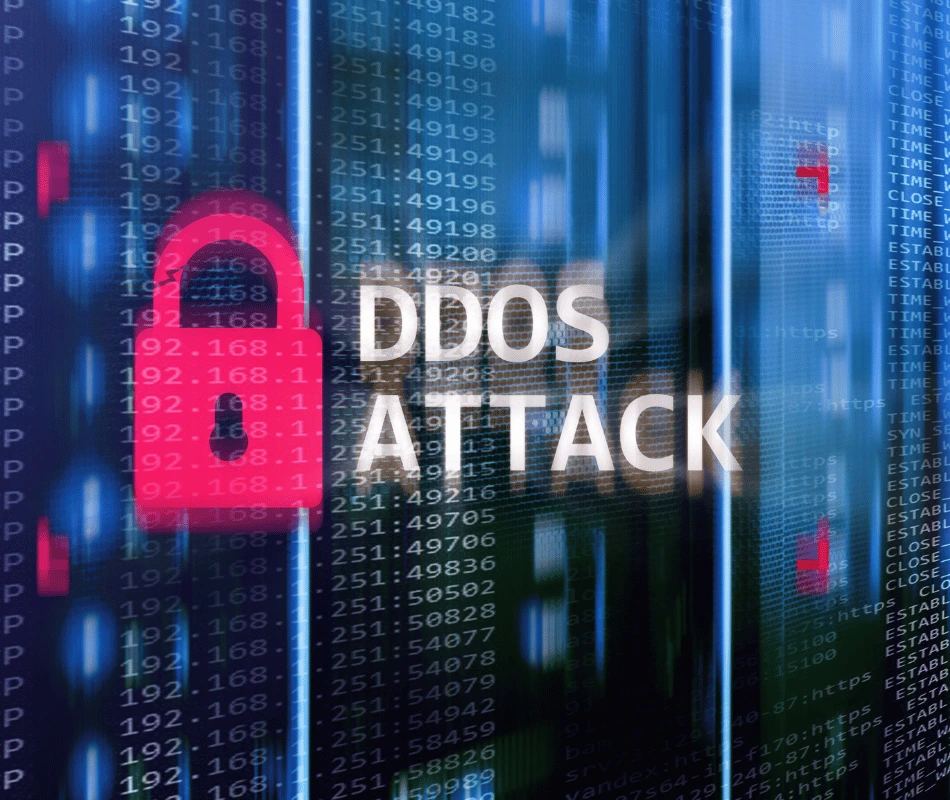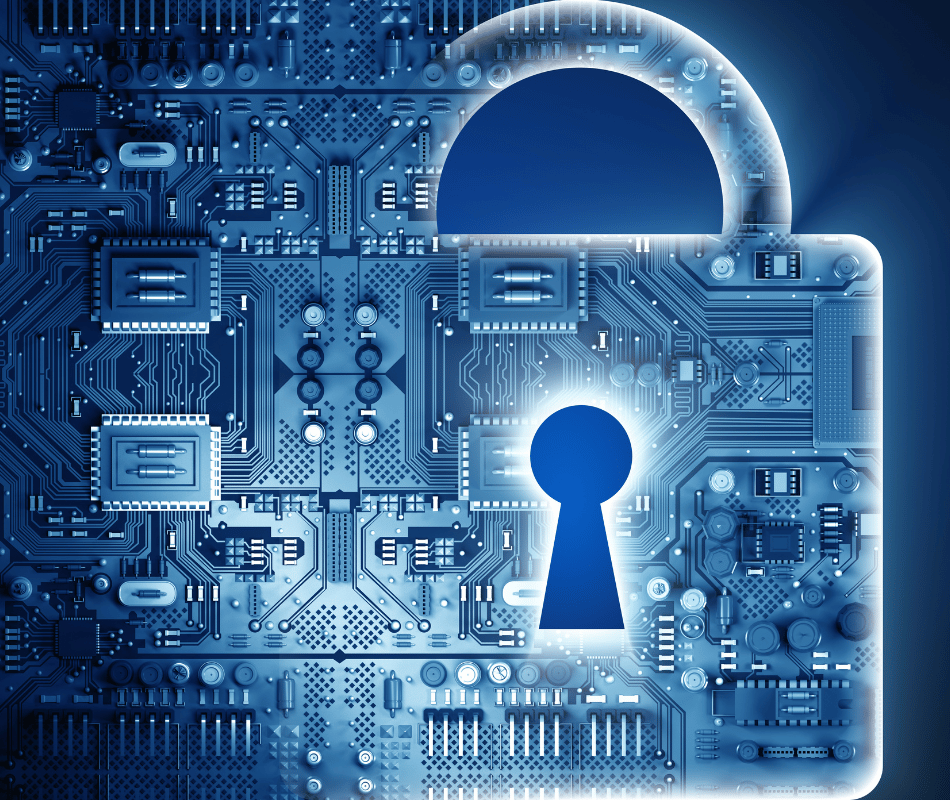The prevalence of IoT has revolutionized how we interact with technology and connect devices seamlessly. With enabling unprecedented levels of automation and convenience. aiming to change how we live and operate, connecting billions of devices worldwide. The Internet of Things (IoT) refers to the growing network of interconnected devices, sensors, and Internet-connected devices. From smart homes to industrial control systems, and healthcare systems. in addition to the sensors and Internet-connected devices. While the Internet of Things provides unprecedented comfort and efficiency, it also presents significant cybersecurity challenges.

The importance of cybersecurity on the Internet of Things (IoT)
The Internet of Things has the potential to revolutionize many fields. However, it also poses significant security risks. Especially with many devices connected to the Internet. The biggest challenge in securing IoT is the sheer number of devices, the diversity of their operating systems, and protocols. Each device is a potential entry point that attackers can exploit. and the penetration of one device may have far-reaching consequences. This interconnectedness is a unique challenge for cybersecurity professionals. as securing different devices with different capabilities becomes increasingly complex.
Risks and weaknesses of the IoT
There are several factors contributing to weaknesses in IoT:
1- Poor authentication
Many IoT devices come with usernames and virtual passwords or use weak authentication mechanisms, making them easy targets for attackers.
2- Life span and updates
IoT devices often have a long life span, and manufacturers may not provide regular security updates to older devices. This lack of timely correction exposes devices to known weaknesses, making them targets for attackers.
3- Insufficient encryption
Inadequate or incorrect encryption protocols can detect sensitive data during transport or storage, making it vulnerable to unauthorized interception or access.
4- supply chain risk in manufacturing IoT
The complex supply chain involved in manufacturing Internet of Things devices has potential weaknesses. Attackers may exploit weak links in the supply chain to inject hacked components or back doors into IoT devices.
5- Botnet and DDoS attacks
Attackers can use Internet of Things devices in the botnet network. With the distributed denial-of-service attacks (DDoS). which can disrupt critical infrastructure.
You may also like: What is Malware?
Protect yourself from cyber threats that accompany the Internet of Things
Internet of Things can change many aspects of our lives. But it also poses significant security risks. So, by following these simple steps, you can help protect yourself from cyber threats in IoT:
1- Secure your home network
Change usernames and virtual passwords for your Internet of Things devices and home Wi-Fi. Then use powerful and unique passwords. Also, enable encryption (WPA2 or above) for your Wi-Fi network. In addition, you should enable two-factor authentication of IoT devices and associated accounts. This adds an additional layer of security by requesting a second form of verification.
2- Keep your devices updated
Update firmware and software for your Internet of Things devices regularly. Manufacturers sometimes issue security corrections and updates to address vulnerabilities. So, these updates will need to keep your devices safe.
3- Disable unnecessary features
Disable any unnecessary features or services on your IoT devices. This would reduce the attack surface and thus reduce potential risks.
4- Review IoT device permissions regularly
Check the permissions granted to your IoT devices. And then cancel any unnecessary access. in order to limit the data that your devices collect and share.
Think IoT Security Solutions
Explore Internet security solutions and services that provide additional layers of protection. Such as firewall capabilities, intrusion detection systems, or network traffic control.
The Internet of Things has revolutionized the way we live and operate. But it also presented new challenges to cybersecurity. As the number of interconnected organs grows continuously, Dealing with these challenges becomes more important. By recognizing security considerations, thus understanding risks and weaknesses, and implementing comprehensive security measures. So we can pave the way for a safe and flexible IoT ecosystem.


